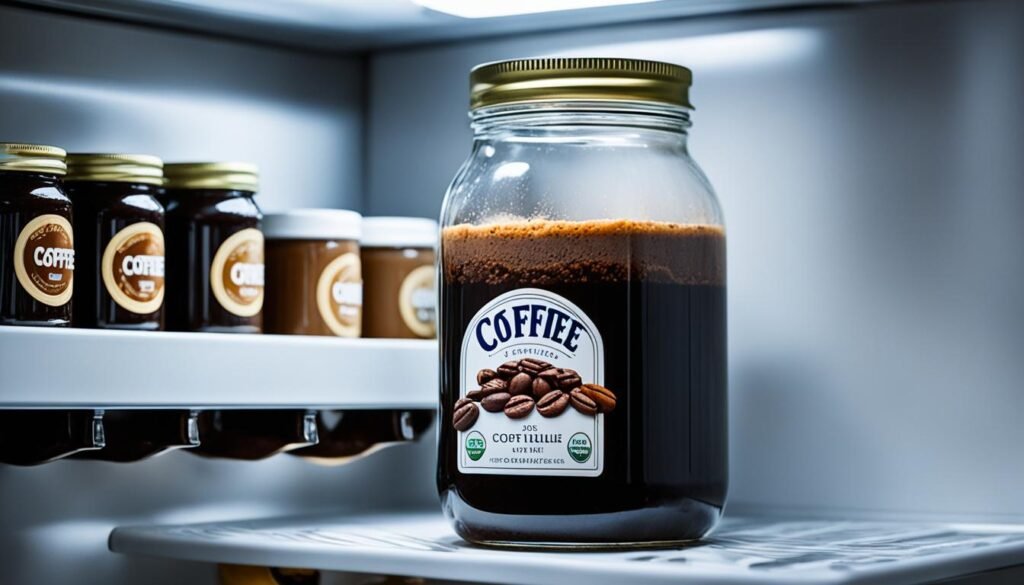Coffee roasting defects can significantly affect the flavor and quality of your brew. Underdeveloped beans stem from a quick roasting process, resulting in grassy, bland flavors and a lighter bean color. On the other hand, overdeveloped beans become dark and bitter due to excessive roasting.
Issues like scorching arise from high initial temperatures, which produce burnt, blackened beans. Tipping problems show up as burnt edges, often due to uneven heat or poor airflow. Slow roasting for over 15-20 minutes can cause baked coffee, giving it a malty taste.
To ensure high-quality coffee, it's crucial to manage roasting times, temperatures, and airflow carefully. By understanding and controlling these factors, you can achieve a balanced, nuanced roast.
For instance, if you're home roasting, consider using a reliable roaster like the Behmor 1600 Plus, which offers precise control over temperature and time. This way, you can avoid common defects and enjoy a better cup of coffee.
Underdeveloped Beans
Let's dive into the issue of underdeveloped beans, a common problem when the roasting process is too short.
If beans aren't roasted long enough, their flavors suffer. You'll often notice grassy, bland tastes and low acidity, making the coffee less enjoyable.
These beans might look lighter or even slightly green, showing they didn't reach a high enough internal temperature. To fix this, extend the roasting time so the beans develop fully. Pay attention to visual cues like color and use precise timing to avoid underdevelopment.
Understanding these aspects helps achieve better flavor and balanced acidity in coffee, enhancing the overall drinking experience.
Overdeveloped Beans
When beans are roasted for too long, they become overdeveloped, leading to an overly dark roast profile. These beans have smoky, ashy, and extremely dark flavors. No matter how you brew them, they tend to taste burnt and bitter. This happens because brewing extracts their harsh flavors more, making them stand out.
Overdeveloped beans are common in dark roasts, so it's important to watch roasting times closely. By avoiding overdevelopment, you can keep a balanced roast profile. This ensures the flavors stay pleasant and nuanced, making your coffee taste much better.
Scorching Issues

Scorching is a roasting defect that's easy to recognize by burnt, blackened beans. This issue stems from high initial temperatures or slow drum rotation. When roasting coffee, preventing scorching is crucial for maintaining quality.
We look for beans that are black on one or both sides and appear oily, indicating uneven heat exposure. Overfilling the roaster can also lead to scorching. To avoid this, we need to control the initial temperature carefully and ensure the drum rotates smoothly.
Tipping Problems
Tipping is a roasting defect where beans get burnt along their thin edges, usually due to high starting temperatures or airflow issues. To prevent this, we must carefully manage roaster airflow and heat distribution.
If the initial temperature is too high or the beans face uneven heat, the thin edges can burn quickly, leading to a harsh flavor similar to scorched beans. For example, using a roaster like the Probat P12, known for its excellent heat control, can help. Proper airflow ensures even heat distribution, preventing hot spots that cause tipping.
Baked Coffee

Baked coffee happens when beans roast too slowly, leading to a malty, bread-like taste that often disappoints coffee lovers. This issue arises when the roaster's temperature increases too gradually, extending the roast time beyond the ideal 15-20 minute window.
As a result, the coffee lacks the vibrant acidity and complexity that many seek, coming across as dull and flat instead.
To avoid baked coffee, it's crucial to maintain the right roast profile. This means ensuring a quick initial temperature rise. For example, starting the roast at a higher temperature and adjusting as needed can help preserve the beans' natural flavors.
Understanding these details can help improve roasting techniques, leading to consistently better coffee.
Conclusion
Understanding common coffee roasting defects such as underdevelopment, overdevelopment, scorching, tipping, and baked beans helps us improve our skills and achieve consistent results.
Each defect has distinct signs and causes, but with the right knowledge, we can identify and fix them before they ruin our coffee. For instance, underdeveloped beans often taste grassy or sour, while overdeveloped beans might taste burnt.
By paying attention to these details, we can refine our roasting process. Practice is key, and with this guide, we're on our way to mastering coffee roasting.












